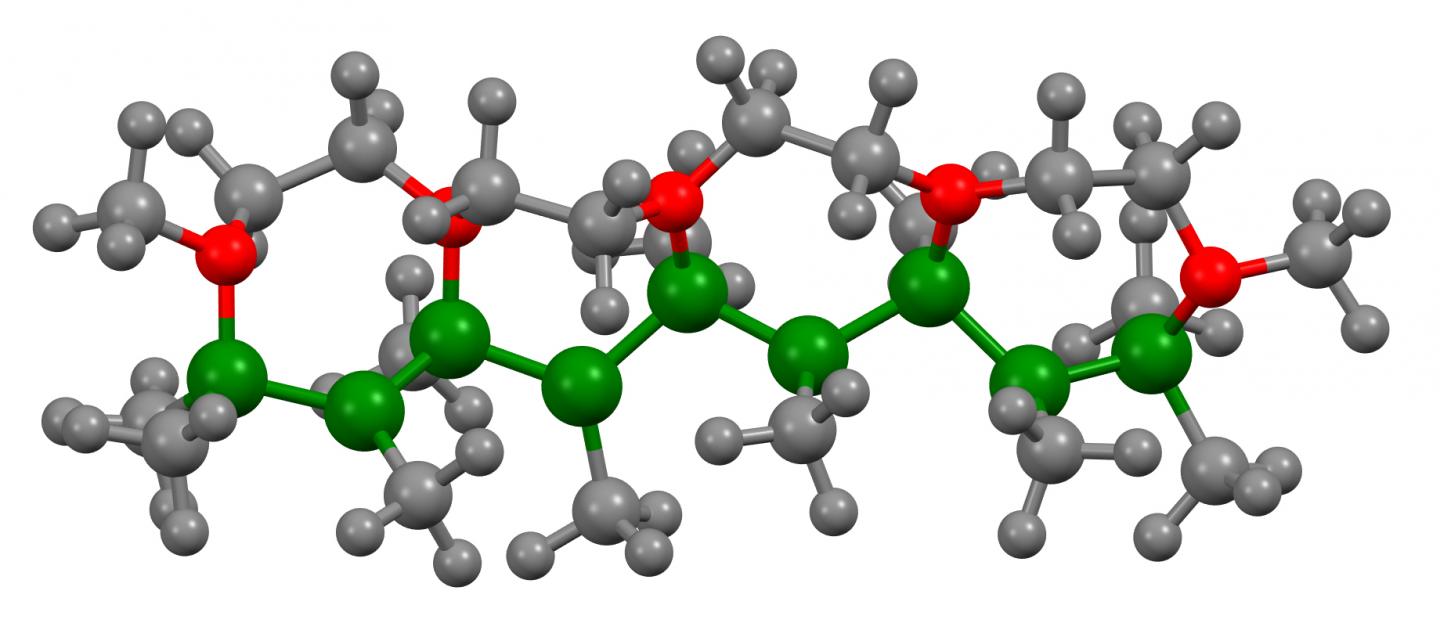

Polymers exist throughout the world we live in. Some are natural while others are developed by scientists. That is some of the work we do as a hydrophobic polymer manufacturer.
Natural polymers include things around your everyday life. This includes sand, silk, cotton, asbestos, and starch. These natural polymers and other complex versions, such as DNA and RNA, are not what we’re focusing on here, though. Rather, let’s take a look at some of the real-life ways that polymers play a role in our lives.
Common Artificial Polymers
Artificial polymers, which are still very commonly found throughout our lives, including polyethylene, plastic wrap, and Styrofoam – all versions of plastic polymers. It also includes fabric or fiber-based polymers such as nylon and rayon. Another version of artificial polymers are those that make up the PVC pipes used in your plumbing system and Teflon used in cookware, and Formica used in countertops.
Most of the polymers created are made from monomers. This could include hydrocarbon or hydrocarbon derivatives. Here are a few examples of how these are made.
Ethylene: This is a very basic synthetic monomer. It is an alkene. That means it is formed by double bonds of carbon atoms.
Butadiene: This is another common alkene polymer. It has a bit more of a complex formula (C4,H6) but the increase in those two extra atoms makes a significant difference. However, this makes it a much more complex polymer.
Styrene: This polymer is yet another layer of complexity. One of the ways this polymer is different is that it has a benzene ring.
There are numerous other monomers that build up from these points. For example, some monomers add chloride, nitrogen, fluorine, and other elements to them. You can learn about each one and how they impact the structure of the polymer, but the process would take some time.
How does the combination of these components, then, become something you may recognize in your day to day life?
To do this, they “break their carbon double bonds,” in many cases. This is a term you will see used in a moment. It means that monomers join together to form polymers. This is a component of the polymerization process. When the single monomer joins together, the result is a homopolymer. If more than one type of monomer joins together, this is called a copolymer. There are several additional processes involved in polymerization, but all focus around creating a very specific solution.
The monomers mentioned so far combine into polymers. As they come together, they form numerous products you are able to recognize in day to day life. Here are a few examples.
- The polymer Teflon, for example, requires the tetrafluoroethylene carbon double bonds to be broken. Once that happens, Teflon forms. This material, then, can be applied to a cooking implement. It is also used in bearings and electrical insulation – all of which are around you on any given day.
- When the double bones of Styrene are broken, this forms polystyrene. We see this in numerous applications including the use in thermal insulation and in the plastic containers you use to store food.
- To produce PVC, the vinyl chloride double bonds are broken. This creates polyvinyl chloride. You know it as the plastic tubing that is commonly used in plumbing pipes. However, it is also used in toys and building systems.
Take a Look at the Plastic World Around You
As a hydrophobic polymer manufacturer, we work to create new polymers and apply existing polymer science to various applications, creating solutions for everyday life.
Many people often think of polymers as plastic, but that’s a very basic overview of what it really is. These plastics are able to flow under various conditions, such as when heat and pressure are applied to them. By doing this, it is possible to create the desired shape. Most of the plastics you see in life are formed in this manner and are made of polymers.
Think about a day in your life. Here’s a look at a few of these polymers you may come into contact with along the way.
- You get up in the morning. You brush your teeth using a toothbrush made of polymers.
- The shower door, tub itself, and the surround of the shower are polymers, too, unless they are tile or glass.
- You use a towel to dry off. That towel probably has rayon in it. That contains polymers as well.
- You enter the kitchen for breakfast. You reach for a cup and bowl. Those may be made of synthetic-based polymers.
- The countertop you place them on is made up of polymers as well.
- The milk jug is made up of polymers.
- The plastic container you open is made of polymers, too.
You can see that going through your day, there are going to be hundreds of polymers you will come in contact with. In sports, a work environment, food production, and throughout your home, you’ll find many more examples of this.
The world has not always been like this, of course. Over the years – since around the 1930s – synthetic materials including polymers and plastics, have become readily present in our lives. In many ways, people have easily accepted these as key components of your life and you don’t think much about them.
What we are also doing is using polymers like this to create solutions to problems. With a good understanding of what polymers are and how to build various versions of them, we can create an incredible range of products that can improve life in various ways.
As a hydrophobic polymer manufacturer, Polymer Chemistry Innovations, Inc. has worked to create these incredible solutions. Our PEHMA is just one example of this. It offers adhesion, chemical resistance, flexibility, weatherability, and hydrophobicity benefits. Allow our team to apply these technologies to your product development.
